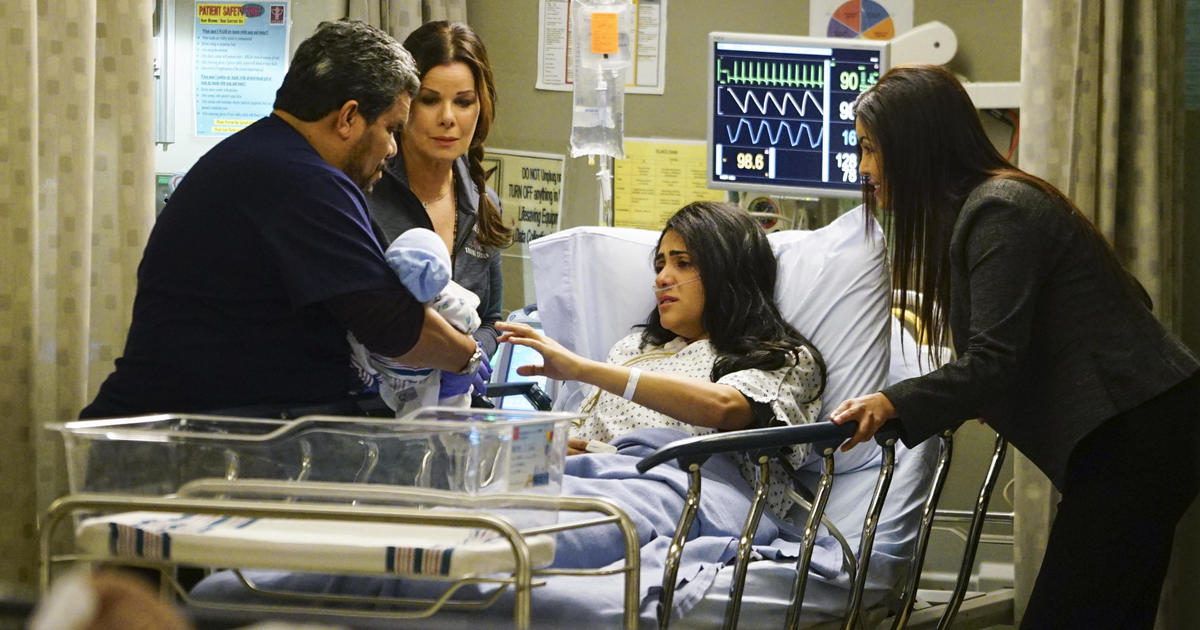New Medical Breakthroughs For Monitoring Glucose Levels
PITTSBURGH (KDKA) – Having this disease isn't necessarily painful, but taking good care of yourself when you have it is.
"It's irritating, it hurts, your fingers turn colors and they become very calloused," said Kathy DeFazio of West Mifflin.
"You just feel like you're aggravated," added Theresa Myers of Morgantown, W.Va. "Just don't want to do this anymore."
Dr. Wayne Evron has had patients get into trouble because they disliked pricking their fingers so much.
"We had patients give themselves insulin when they were hypoglycemic, because they wouldn't check," Evron said. "Andy they got even more hypoglycemic."
If only there were another way – perhaps in the coming years there will be.
Glucose, which is what's measured in blood sugar tests, is in every organ, so researchers are working to develop new tests using other parts of the body.
How about testing saliva? Just like checking a blood droplet, this would involve a test strip, but touched to the tongue or cheek, the sugar level depends on how it reflects in a light reader. Some hormone tests are done the same way, but so far, Dr. Evron has not been impressed with their accuracy.
"It's hard to get people to prepare the saliva correctly," he said. "It's also not that easy to put on the strip. It sounds easy, but it's not."
Another idea is a breath test. The key component – acetone. Acetone is a byproduct of the body processing fat that then goes into the breath. When acetone levels are high, blood sugar is low. When acetone is low, blood sugar is low.
How about a sensor you wear on your finger – much like the ones in hospitals that measure oxygen in the blood? The trick here is blood sugar acts differently than oxygen. The veins, arteries and small blood vessels where veins and arteries come together will all make the formula for figuring out blood sugar this way a bit of a challenge.
"There's not a good monogram right now for light reflectance through the skin,"Evron said. "So it hasn't been worked out all that well."
Noninvasive ways of checking blood sugar isn't a new idea. Since 1975, different devices have come and gone. But only one – a glucose monitoring watch – came to market. The only problem? It involves skin surface electrodes, people had some mild skin burns and it just never took off.
While those ideas may seem less promising, Evron is most hopeful about two others.
One is a contact lens that checks glucose levels in tears. A sensor within the lens communicates wirelessly with a device that gives you a reading.
"It's at least five years off," he says, "but it got the most publicity."
"The only thing I don't know, there are lots of people who don't produce a lot of tears," he added. "Is it going to work for those people? I don't know."
The other hope is an earlobe monitor. The ear clip uses infrared and temperature to determine the glucose level. It will be available in Europe this year.
"Earlobes are used around the world to check blood sugar," Evron said. "It's a very rich source of capillaries, very few nerves there and the biggest – there's no bones."
The US Food and Drug Administration is watching closely. If all goes well, it might be tested in the United States within two years. What will limit its use is the cost: $2,000 for the clip, which has to be changed every six months.
"Right now, I would say that has the most chance of entering the market," Evron said.
While diabetics everywhere might be tempted to rejoice, a lot of things still have to be worked out.
RELATED LINKS
More Health News
More Reports by Dr. Maria Simbra
Join The Conversation On The KDKA Facebook Page
Stay Up To Date, Follow KDKA On Twitter



